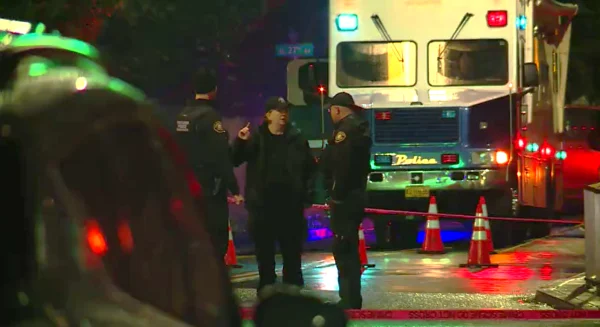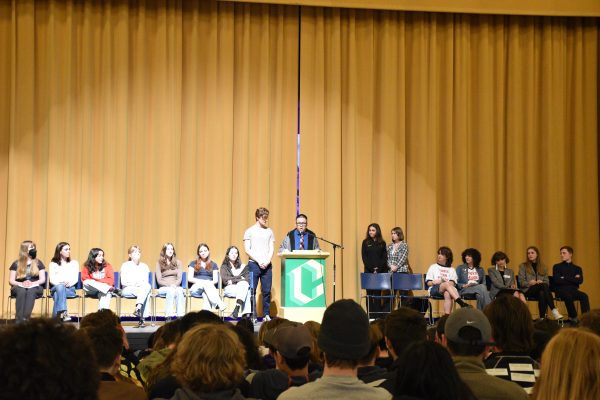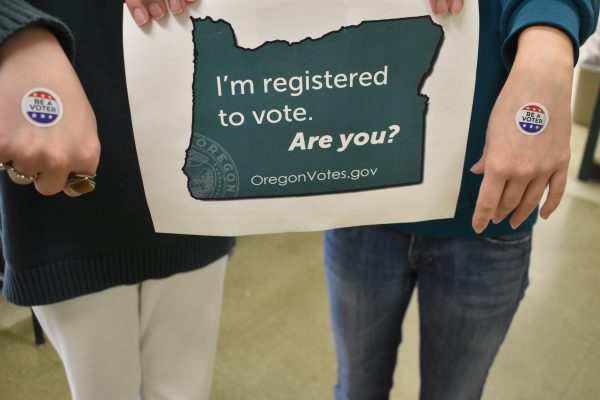The Freedom To Read
Books have been targeted off and on for years in American history. More recently, it appears book banning is once again on the rise, with bans targeting books dealing with LGBTQ+ issues and racial issues.
The first organized movement against the censorship of books was in the 1980s, when the Supreme Court ruled in Island Trees School District v. Pico that school officials can’t ban books in libraries solely because of their content. Following this landmark case, bookseller and library associations worked to shine a light on book banning. At a book sellers convention in 1982, a display went up of a huge cage with locked up books inside, with a sign inside stating, “Attention, some people think these books are dangerous.” According to Readingpartners.org, this brought attention to the issue and libraries and schools started hosting readouts for banned books, resulting in what is now known as Banned Book Week.
Since the 1980s, book banning in schools and libraries has been less frequent. However, book censorship appears to have returned at an unprecedented pace and with a new tactic involving legislation.
According to The Atlantic, state representative Matt Krause (R-Texas) put 800 books on a watch list based on the topics in the books revolving around race and LGBTQ+ issues. Another case in Oklahoma focuses on a bill a state senator filed banning books that address “sexual perversion.” Lastly, in Tennessee, the school district of McMinn County just banned the book Maus, which is Art Spiegalman’s Puliter Prize-winning graphic novel about the Holocaust. The explanation provided for banning this book: “They aren’t against genocide, but the book’s profanity, nudity, violence, and deception of suicide made it too adult-oriented for use in our schools.”
As the Atlantic article points out, it is a little hard to portray the Holocaust without including its ugliness, since it was one of the darkest events in our history. Many of the books being targeted by bans focus on sex, abortion, race, and sexuality. These are all issues that today’s youth are dealing with in some form or another.
The freedom to read and choose what you’re reading is important and personal to every individual. Here is a short list of historically and recently banned books to consider reading and sharing with others.
The Handmaid’s Tale, by Margeret Atwood
Drama, by Raina Telemeier
The Cider House Rules, by John Irving
All Boys Aren’t Blue, by George M. Johnson
The Hate You give, by Angie Thomas
The Perks of Being a Wallflower, by Stephen Chbosky
Between The World and Me, by Ta-Nehisi Coates
Catcher In The Rye, by J.D. Salinger
Fahrenheit 451, by Ray Bradbury
Milk and Honey, by Rupi Kaur


















Patricia • Feb 10, 2022 at 4:52 PM
Books are what connects us as people, culture, and the purpose of lives. We should not be afraid of knowledge. It is what helps us sort out our world into who we want to become. Therefore, the more knowledge you gather for your brain the better the chances students will become more productive, creative, empathetic, loving and caring of our planet. Learn to love learning!